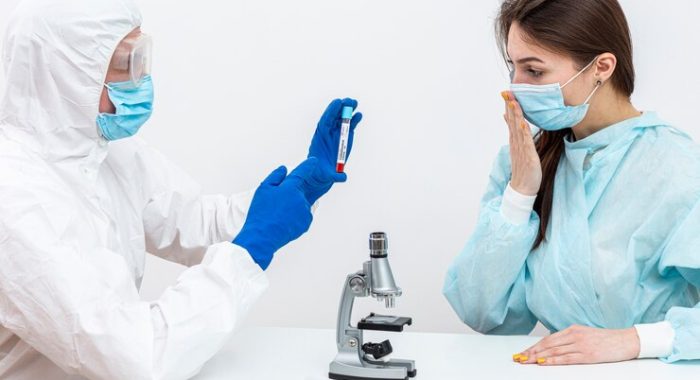The shift from classroom theory to practical clinical practice in authentic healthcare environments is a key component of medical education. In Georgia, MBBS students find the transition to be both disciplined and enriching. Students receive a comprehensive education in preparation for a global medical career as a result. Georgia’s top medical universities place a strong emphasis on practical training as a crucial part of their curricula to ensure that graduates have the knowledge and abilities needed to excel in clinical settings. These are some of the opportunities for MBBS students in Georgia to receive practical training.
1. Early Exposure to Clinical Practice
Early clinical exposure is incorporated into the MBBS curriculum of Georgia’s top medical universities. Students can now apply abstract ideas to actual patient care. In Georgia, MBBS students often start their practical training in their second or third year. At the teaching hospitals connected to the universities, students begin their clinical rotations. Early exposure helps MBBS students in Georgia grasp the human body, diagnosis procedures, and patient relations on a deeper level.
2. Clinical Residency Programs in Specialized Divisions
Georgia’s MBBS students complete clinical rotations in a range of medical specialties to provide a solid basis for their medical education. This covers obstetrics and gynecology, internal medicine, surgery, and pediatrics, among other specialties. Students have practical experience diagnosing and treating patients during these rotations under the guidance of knowledgeable medical professionals. Students are able to learn about diverse areas of medicine and make decisions about which specializations they may wish to follow in the future by participating in clinical training across departments.
3. Futuristic Teaching Hospitals
The majority of medical schools in Georgia are connected to state-of-the-art teaching hospitals that offer cutting-edge learning environments to their students. These state-of-the-art facilities provide Georgian MBBS students with access to cutting-edge medical technologies, diagnostic equipment, and treatment modalities, equipping them to practice in a variety of global healthcare settings. In addition to learning about state-of-the-art medical technologies, students can hone their abilities and build a solid foundation in medical practice that will enable them to experience medicine across borders.
4. Patient Interaction and Communication Skills
Students can engage with patients on a substantial level through practical instruction. One of the most important learning phases for medical students is this. It aids in the development of critical communication skills in students and teaches them how to gather patient histories, conduct physical examinations, and effectively and compassionately convey complex medical information. Through this one-on-one engagement with patients, students gain confidence and strengthen their capacity to relate to people from diverse backgrounds.
5. Practical Training in Surgery and Procedures
The Top Medical Universities of Georgia provide comprehensive, practical training in surgical techniques for students interested in pursuing surgical specialties. It is encouraged for students to assist more seasoned doctors during procedures and get insight into the nuances of operating room protocol. Additionally, a significant portion of the curriculum involves procedural training, which ensures that students are knowledgeable in fundamental medical procedures including drawing blood, giving injections, and suturing wounds.


